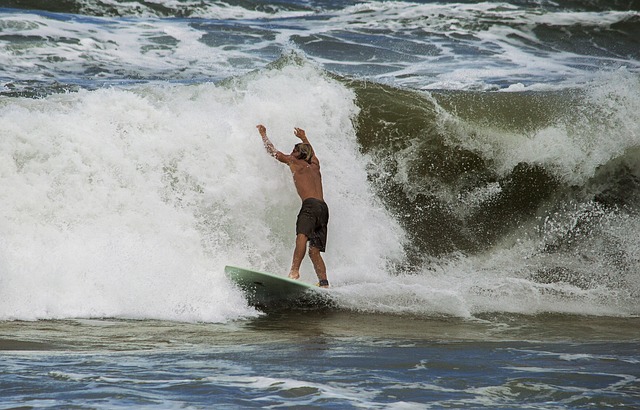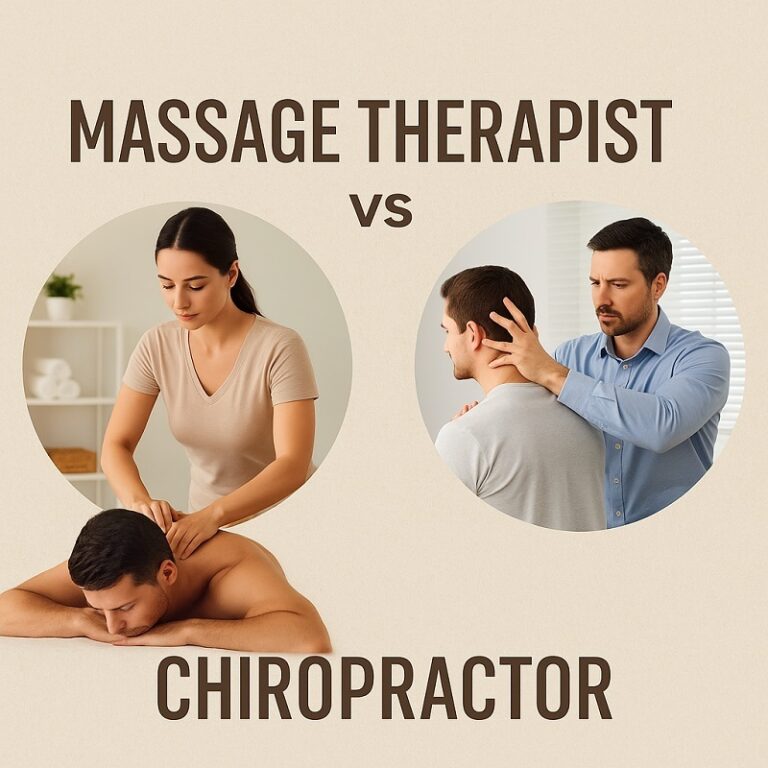Among the waves, plumeria and laid-back pace of life, Hawaii looks like paradise. Tourists come for healing, escape and beauty—but for many locals, that image hides a deeper struggle. The same coastline that soothes the soul is now seeing a rising tide of addiction as communities deal with generational trauma, economic hardship and the lingering effects of a tourism-first economy. In a place where ʻohana (family), aloha (love) and mana (spiritual power) are the foundation, recovery isn’t just about detox—it’s about reclaiming identity, rebuilding community and finding healing rooted in the land itself.
In recent years Hawaii has seen a sharp increase in methamphetamine and polysubstance abuse particularly among its older and Indigenous populations. With overdose deaths rising and treatment capacity maxed out the state is at a crossroads. This report explores the reasons behind the crisis, the institutions trying to help and the cultural frameworks being revived to support long-term recovery across the islands.
Quick-View Stats (2024-2025)
- Drug-overdose death rate: 18.6 / 100 k residents—18 % below the U.S. mean, yet climbing again after a brief 2023 dip.
- Fentanyl vs. meth: Fatal fentanyl cases fell statewide in 2024, but meth-related deaths hit a five-year high.
- Treatment gap: Fewer than 2 in 10 residents who need care receive it; public beds stay > 95 % full.
- Residential capacity: Hina Mauka (64 beds), Aloha House (56 beds), Salvation Army ATS (80+ beds)—all report waitlists.
Islands of Risk: Why Addiction Keeps Climbing
Socio-Economic Pressure Cooker
Hawaiʻi’s cost-of-living index now tops 184 % of the national average, forcing many locals into two or three tourism-sector jobs. Chronic economic stress is a recognized driver of stimulant and alcohol misuse, especially when compounded by housing insecurity.
Geographic & Environmental Isolation
Inter-island shipping delays have tightened legitimate prescription supplies, while the same maritime routes funnel high-purity methamphetamine (“ice”) into remote ports. Rural residents on Molokaʻi or Kauaʻi often face a $150-$200 round-trip airfare for specialty care—a barrier that pushes self-medication.
Historical & Cultural Trauma
Researchers link land dispossession, the outlawing of Hawaiian language (1896-1986), and the lingering effects of forced boarding schools to elevated PTSD scores among Native Hawaiians. Trauma heightens risk for polysubstance use, mirroring patterns seen in other Indigenous populations.
Substance Profile: Meth Resurgence vs. Opioid Plateau
- Meth: Now implicated in > 60 % of toxicology-confirmed deaths among adults 50-79 yrs.
- Fentanyl: Neighbor-island fatalities dropped in 2024, yet Honolulu County saw a 10 % rise.
Why meth? Older residents cite pain management and stamina for shift work; cheaper street prices and reliable supply make ice the “functional” choice. Why fentanyl slows? Aggressive naloxone outreach and growing community awareness appear to blunt the curve, though absolute numbers remain alarming.
Who’s Most Affected?
| Group | Key Trends |
| Native Hawaiian / Pacific Islander | Highest polysubstance rate; cultural-loss stressors. |
| Youth (15-24) | THC-vape concentrates and counterfeit “blues” laced with fentanyl. |
| Older Adults (50-79) | Meth toxicity leading cause of overdose mortality. |
A county heat map from the 2024 State Epidemiological Profile shows clusters in rural Hawaii County, Wailuku (Maui), and parts of Waianae Coast.
Ripple Effects on Society & Environment
Discarded syringes on Oʻahu’s southeastern beaches forced three Department of Land & Natural Resources cleanups in 2024, each costing roughly $28 k in staff time and hazmat disposal. Reef-water assays near urban outfalls detect benzodiazepine residues high enough to induce behavioral changes in coral reef fish.
Homeless encampments—many overlapping with substance-use hot spots—also accelerate soil erosion in coastal dunes and wetlands, compounding climate-driven sea-level threats.
The Current Treatment Landscape
Government-Funded Programs
The Alcohol & Drug Abuse Division (ADAD) channels a $25 m SUPTRS block grant (FY 24-25) into detox and outpatient slots, prioritizing rural tele-M.A.T hubs.
Flagship Residential Facilities
| Facility | Island | Beds | Focus |
| Hina Mauka | Oʻahu | 64 | Full continuum; HOPE-probation referrals |
| Aloha House | Maui | 56 | Women, families, surf-integrated therapy |
| Salvation Army ATS | Oʻahu | 80 + | Detox → Day treatment → Work therapy |
When comparing a Hawaii Rehab program, verify state accreditation, capacity, and cultural-adapted practices before admission.
Outpatient & Tele-Rehab Expansion
Legislative waivers since COVID-19 let clinicians initiate buprenorphine via video or audio-only consults, reaching the outer islands and even fishing vessels at sea.
Evidence-Based and Culturally Anchored Therapies
- Medication-Assisted Treatment (MAT): Three new mobile methadone vans rotate through Hilo, Kona, and Lahaina.
- Surf & Nature Therapy: A 2023 pilot showed weekly surf sessions cut depressive symptoms by 38 % among early-recovery clients.
- Ho‘oponopono & ʻOhana Models: Exclusive Hawaii Rehab and others integrate family conflict-resolution rituals, boosting six-month retention to 72 %.
System Gaps & Barriers
- Detox Bottlenecks: Public detox beds (< 70 statewide) stay occupied ≥ 97 % of the year.
- Workforce Shortages: Only 43 physicians statewide hold DATA 2000 waivers for buprenorphine.
- Travel & Housing Costs: A client from Kauaʻi may spend $1,400 monthly on flights and lodging to complete a 90-day Oʻahu program.
- Data Lag: Overdose surveillance often runs six months behind, hampering rapid response.
Turning the Tide: Policy & Community Solutions
State Initiatives
- HB 431 (2024): Decriminalizes fentanyl test strips, enabling free distribution at syringe exchanges.
- Xylazine Surveillance: DOH adds xylazine screens to its tox panels in Q2 2025.
Harm-Reduction Networks
Hawaii Health & Harm Reduction Center exchanged > 1 m syringes last year—up 3,200 % since 1993.
Public-Private Partnerships
Hawaiʻi County allocated $478 k (2024) toward a rural-outreach van run by Big Island Substance Abuse Council, pairing wound care with on-site counseling.
Success Stories
- Hina Mauka HOPE-Probation Cohort: 18-month recidivism fell from 38 % to 21 % after adding cognitive-behavioral groups.
- Aloha House Surf Therapy: 64 % of participants maintained abstinence at 12 months vs. 42 % in standard groups.
- Community Naloxone Drives: Waianae Coast outreach distributed 11,400 kits in 2024, reversing 312 overdoses reported by EMS.
Recommendations & 2025-2030 Outlook
- Climate + SUD Funding Link: Bundle disaster-response and SUD dollars to harden shelters that double as detox sites during storms.
- MAT in Correctional Facilities: Require jails to offer methadone and buprenorphine at booking; Rhode Island cut post-release OD deaths 61 % with a similar model.
- AI-Powered Early Warning: Pilot real-time mobile alerts using wastewater analytics and Google Trends to flag overdose spikes—a study now underway on Oʻahu’s North Shore.
Need Help Now?
| Resource | Phone / Web |
| Hawaiʻi Crisis Line | 9-8-8 |
| ADAD Treatment Locator | (808) 586-4400 |
| Hawaiʻi Health & Harm Reduction Center | (808) 521-2437 |
| SAMHSA National Helpline | 1-800-662-HELP |
| Find free or low-cost programs | “DOH Provider Directory—Substance Use” |
Key Takeaways
- Meth is eclipsing fentanyl as the most lethal drug in the islands; older residents are at highest risk.
- Treatment capacity is stretched thin, but innovative models—tele-MAT, surf therapy, Ho‘oponopono—show promise.
- Policy momentum is real, yet gaps in detox beds, rural access, and workforce threaten progress.
- A culturally respectful, science-driven Hawaii Rehab ecosystem can turn the tide—if stakeholders act now.





